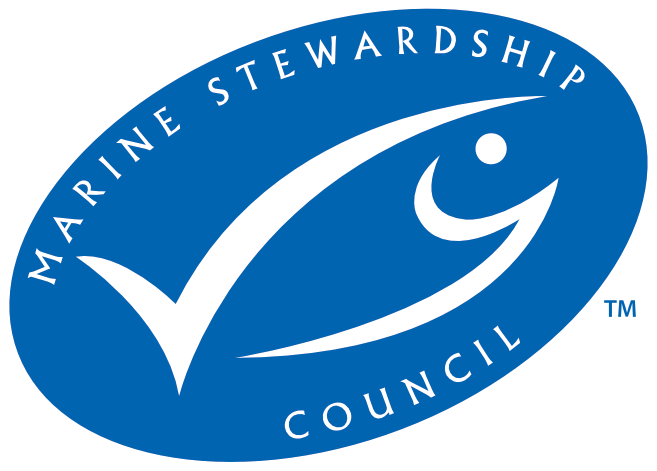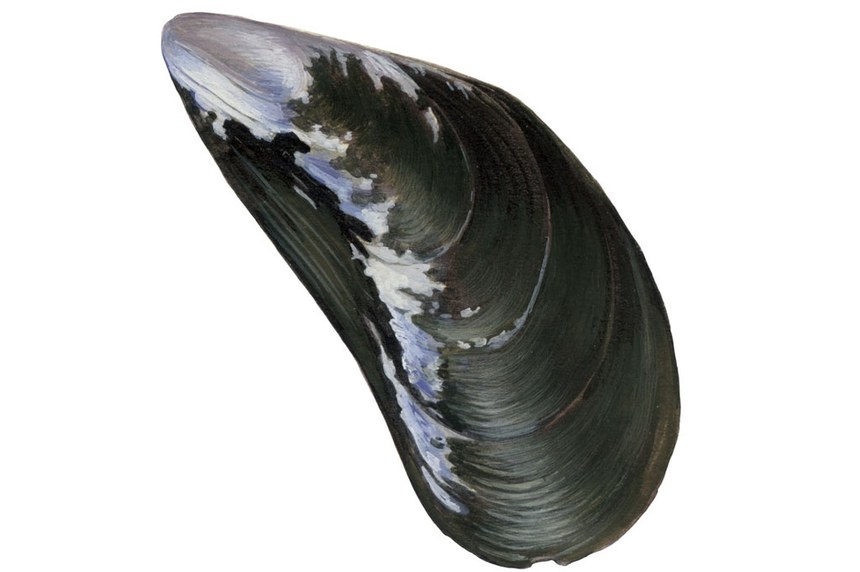
- Certifier :
- LRQA (Seafood) Limited
- Certified status :
- Certified
- Certified since :
- 20 Apr 2012
- Certificate expires :
- 18 Oct 2027
Overview
Fisheries are composed of one or more parts, each of which is entitled to receive an MSC certificate. These parts or “units” are defined by their target stock(s), fishing gear type(s) and if relevant vessel type(s), and the fishing fleets or groups of vessels.
When the term “Unit of Certification” is used for fishing units that are in assessment, it refers to the “Unit of Assessment” or “Unit of potential certification”. Expand a status below to view the parts that form this fishery. To check the detailed scope, download the latest certificate or open the Assessments page to get the latest report. Find out more by visiting our page on Fisheries
Catch by Species
| Species | Reported Catch Year | Metric Tonnes |
|---|---|---|
| Blue mussel (Mytilus edulis) | 2024 | 1,400 |
Information is provided by an independent Conformity Assessment Body as live weight (the weight of species at the time of catch, before processing) and where a fishing season covers multiple years, the end year is given as the reported catch year. Additional information is available in the latest report, see the assessments page.
Eligibility, client groups and vessel lists
A fishery may choose to define the members of the fishery certificate. These members can be vessels or other client group members (e.g. companies that own vessels and/or companies that are named as eligible to handle certified product covered within the fishery certificate scope). Please refer to the fishery certificate statement on additional product specific eligibility criteria (e.g. product eligibility limitations, eligibility date, exclusive points of landing and the point where Chain of Custody certificate is required). Please consult the fishery Public Certification Report for product eligibility rationale.
| Documents | Published on | Files |
|---|---|---|
| Vessel List | 17 Oct 2022 | 1 files |
About this Fishery
The blue mussel is a widely distributed bivalve shellfish that adapts to a wide variety of ecological situations. Mussels are filter feeders, feeding on phytoplankton and suspended organic matter in the water column. This reliance on a natural food source, coupled with their general sessile (fixed) nature and large reproductive capacity, makes them ideal for cultivation.
Seed mussels or “spats” are initially collected from the wild, where larvae collect on spat collectors suspended in the water. These are subsequently grown on in cultivation plots on ropes attached to the seabed. However, once a farm is established it could become a net exporter of larvae: each cultivated mussel has the potential to produce around 3 million gametes per year, so the reproductive output of the mussel stock in cultivation is enormous.
The 12 cultivation areas under certification in Limfjorden, Denmark are licensed to five operators, and cover a total area of 214 hectares. Most of the licensed areas can be used for cultivation of both blue mussels and oysters, though no oyster cultivation is taking place at present.
The status of the cultivated stock is monitored by each mussel farmer within their farm area. Effective mussel farm management requires careful recording of stocking densities and harvest output from the farm to ensure that it is managed optimally. The farms produce around 2,500 tonnes of cultivated mussels per year.
Blue mussel (Mytilus edulis) image © Scandinavian Fishing Year Book
Market Information
The main commercial markets for the Limfjord rope grown mussels are Europe and the Middle East.
